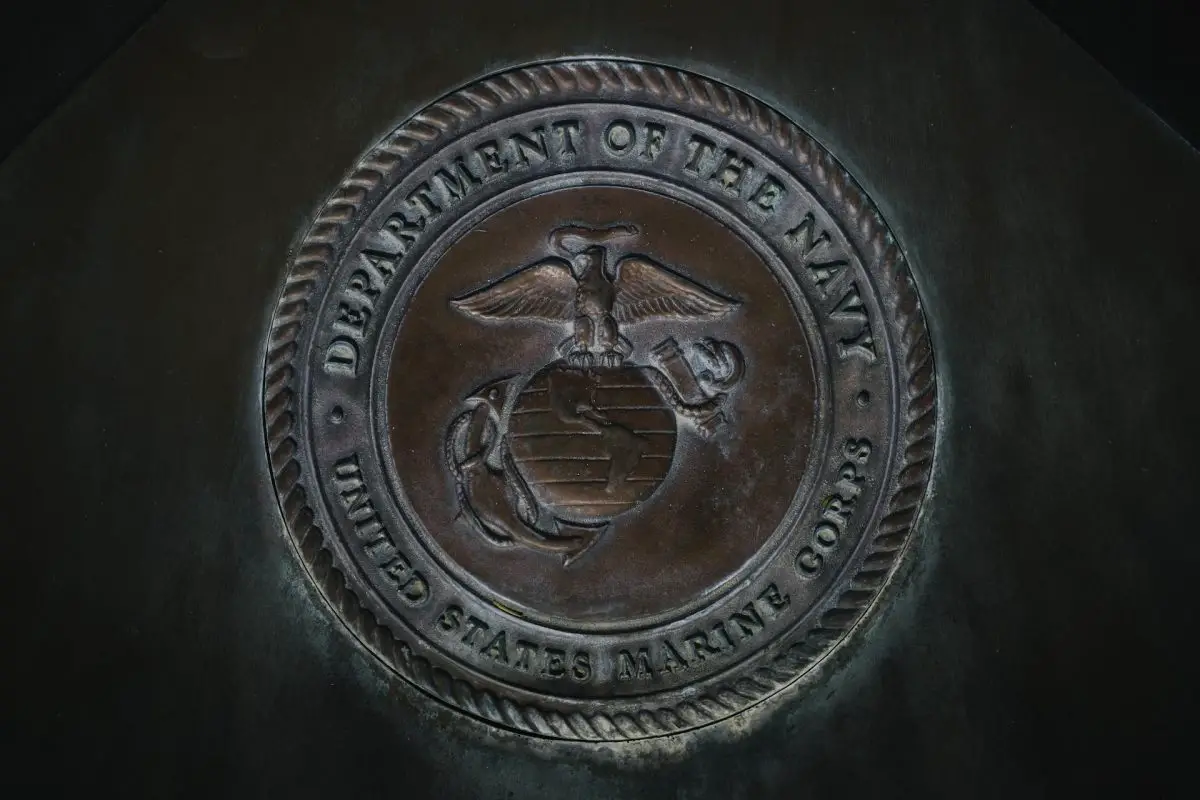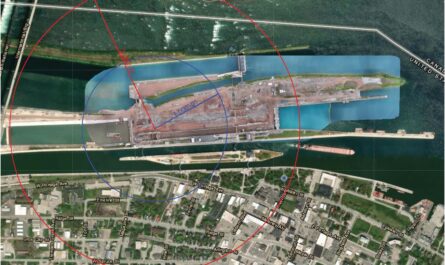Camp Lejeune is a United States Marine Corps training base that wraps snugly around New River in Onslow County. There is much more to this base than anyone could ever have imagined – and not in a good way.
By the mid-1980s, evidence emerged that showed multiple chemical components present in the water supply on the base. By this point, the contaminated water supply had been used and consumed by over a million people.
As a result, a lawsuit for Camp Lejeune water contamination was filed where many victims were able to claim compensation for the illnesses they suffered as a result of the contamination exposure.
But due to so many people becoming sick from the toxic drinking water contamination event at the site, it’s essential to understand precisely what occurred at Camp Lejeune.
What Is Camp Lejeune?
Camp Lejeune is a large military installation located in southeastern North Carolina named after Lieutenant General John Archer Lejeune. It is home to the US Marine Corps and was initially opened in 1942. The base is a center for various combat readiness activities for both Sailors and Marines and comprises almost 156,000 acres of water and land.
Where Did The Contamination Come From?
After the research began in the 1940s, very little was known about how dangerous it is to dispose of such toxic waste into the ground. Many radioactive and hazardous products were sealed in containers and buried on the base.
These chemicals leaked directly into the soil from these containers, which caused the contamination. Local stores also emptied waste chemicals into the sewer drains that ran directly into the rivers in the area.
So, What Happened?
In 1982, US Army Lab testing officially determined that the drinking water at the Camp has been contaminated with many volatile organic compounds (VOCs). It was later found that the contamination of this drinking water began in the early 1950s, but the contaminated wells were not shut down until 1985.
How Many People Were Exposed?
Many people living at the base (including the United States Marine Corps service members and all of their families) both bathed in and consumed the tap water from 1953 to 1987.
The 137,000 troops and family members, contractors, civilian workers, veterans, and guests poisoned on this military base were not born there, nor did they settle to make a permanent life and raise their families. Instead, they were often located there for short periods – only weeks, months, or a few years at most.
To summarize, this water was contaminated with many harmful chemicals at around 240 to 3400 times the levels permitted by safety standards.
An undetermined number of residents, including children, infants, and civilian workers, were exposed to tetrachloroethylene (PCE), trichloroethylene (TCE), and vinyl chloride, alongside other contaminants and carcinogens. However, this figure is estimated to be around 1 million people.
Legal Issues
There may never be an official account of all of the suffering that was caused at Camp Lejeune, although many former residents of the base later developed cancer or another ailment in their lifetime. Many of these were blamed on the contaminated drinking water consumed.
Victims claim that the USMC leaders concealed the existence of the problem – and knowledge of it – and didn’t act responsibly when trying to either resolve it or inform former residents that their health may be at risk. This remains an ordinary matter of controversy.
The Marine Corps reported that they acted very quickly, but there’s evidence that suggests they delayed efforts to acknowledge the issue at hand simply. As we’ve mentioned, contaminated wells weren’t closed until five years after the first report had been made. This means many people on the site were completely unaware of the danger they faced.
The Project on Government Oversight (POGO) claims there aren’t any Navy installations that provide clean drinking water in either the US or overseas. This means despite efforts to officially decontaminate the surrounding area, Camp Lejeune is still a risky location for troops and their families to stay.
Summary
Camp Lejeune continues to operate with the same mission: to maintain combat-ready units for deployment. More importantly, however, is the fact that this huge environmental disaster remains one of the worst recorded cases of water contamination in the history of the US. To the point that exposure even continues to this day!




